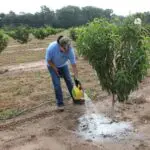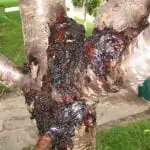Learn how beneficial nematodes can help you protect your fruit trees from plum curculio and other pests.
Buzz Off My Apple Trees: How to Get Rid of Apple Maggots
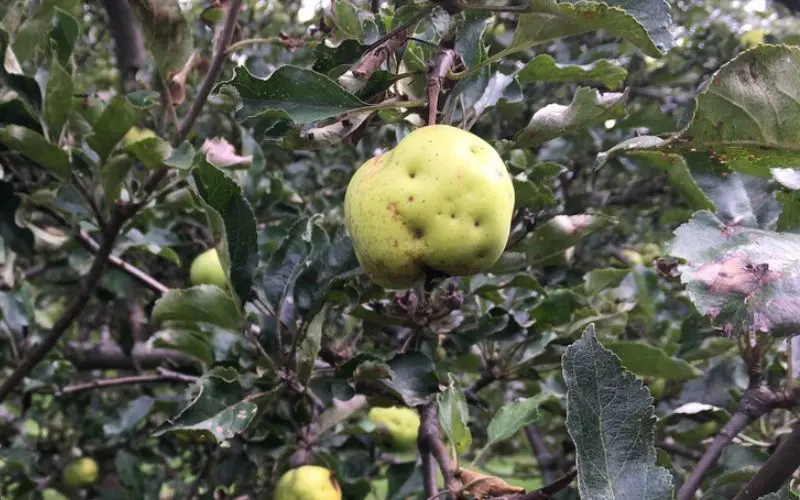
How to get rid of apple maggots
An apple maggot infestation is a common problem that can ruin your autumn harvest. The fruit will look pockmarked and dimpled. And inside the flesh will have brown tunnels running through making your home-grown apples unappealing.
So the question is...how do you get rid of apple maggots without resorting to chemical warfare?
If you are a home grower with just a few trees, there is a really effective way to protect your fruit and it's by using insect barriers. I'll explain what they are in a minute. But to understand how they work, we need to know what an apple maggot's life cycle looks like.
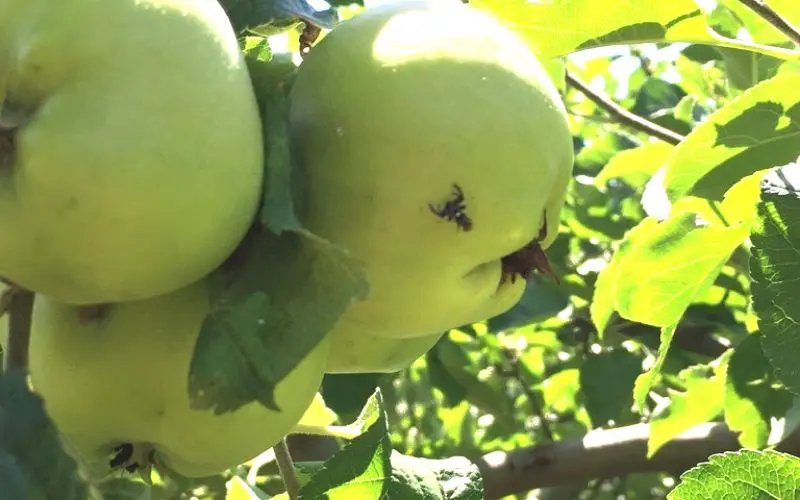
Understanding an apple maggot's life cycle
Apple maggots are part of a merry band of insect pests that destroy growing fruit on your apple tree. Their modus operandi is this:
- Adult apple maggot flies lay their eggs under the skin of growing fruit on apple trees.
- Those eggs hatch within a week and turn into tiny larvae.
- The larvae, which look like tiny worms in your apples, burrow around the fruit, eating, pooping and having a wonderful time.
- The larvae feed on your apples for up to a month. Then they drop to the ground where they will overwinter in the soil as pupae (the life stage between larvae and adult).
- In the spring, the pupae emerge from their winter rest and develop into adulthood. Then the females flies will lay their eggs in the growing fruit on your apple tree.
- At that point, the cycle starts all over again.
How do you get rid of apple maggots and protect the growing fruit on your tree? One effective technique is by using insect barriers. Let's see how they work.
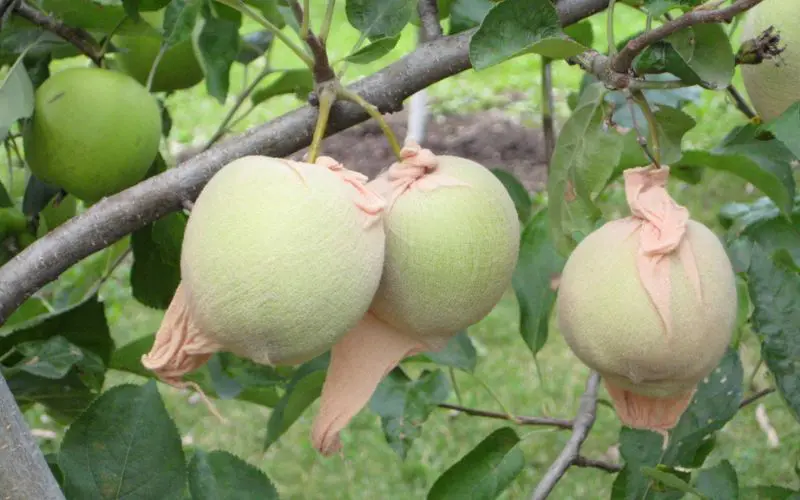
Getting rid of apple maggots by stopping the cycle
Our goal as growers is to stop apple maggot flies from laying eggs under the fruit’s skin. If you want to avoid pesticides, there are a few effective methods:
Fall Clean-Up: Maggot-infested fruit left on the ground becomes a winter home for maggots, allowing them to emerge in spring, ready to reinfest. Rake up fallen apples in the fall and remove them with municipal leaf waste. Avoid adding them to home compost, as the pests will overwinter there and keep the cycle going.
Spring Maggot Barriers: In spring, protect young fruit from any remaining maggot flies by adding a barrier when the apples are about the size of a nickel. Orchard Sox, or Maggot Barriers, are a great option. Simply slip these nylon socks over the baby fruit, tying them securely. The sock will expand as the apple grows, preventing flies from reaching the fruit to lay their eggs.
Learn more about applying Orchard Sox in the video below.
Fruit Trees
That Thrive

Getting rid of apple maggots with bags or even boxes!
There are other options if you want to make your own maggot barrier. And one home grower I know did an experiment comparing a number of different methods.
In the early spring, Donna Lockey covered some of the fruit on her Gala apple tree in one of three ways.
- Using plastic sandwich bags.
- Using dollar store gift bags (or you can use insect exclusion bags)
- Using nylon orchard sox (also known as maggot barriers or fruit socks)
Donna also left some of the fruit uncovered to see how the unprotected fruit would fare.
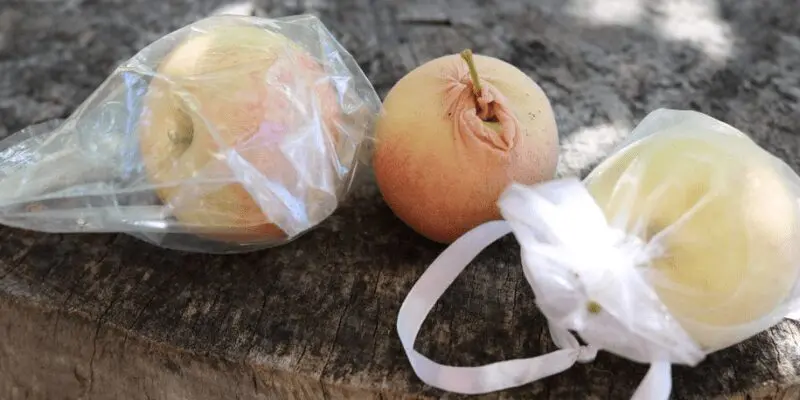
At harvest time, Donna noticed that the uncovered apples were pockmarked and had brown railroad track markings on the flesh. Both of these are signs of apple maggot damage.

The sandwich bags offered some protection, but an earwig and a spider managed to infiltrate two of them.
The dollar store party favour bags worked well. It was easy to pull the tie to secure them. But these bags were too small to use on a larger apple variety like Honeycrisp Apples.
A larger insect exclusion bag, which is designed for this purpose, might have been a better option.

Donna liked the Orchard Sox best, but the downside was she didn't tie some of the socks tightly enough and they fell off.
The key, she says, is to tie the knot tightly to secure the bag to prevent it from slipping off the growing fruit on the tree.

If you are creative, you may find other ways to protect the growing fruit. Ellen Conforti is a Florida resident who covered the apples on her tree with strawberry packaging containers.
The taped the plastic boxes around clusters of apples on her tree and was happy to have perfectly unblemished apples to harvest at the end of the growing season.

Keeping bugs off your fruit trees naturally
You can learn other ways to protect the growing fruit on your fruit trees in one of my other posts, called Keeping bugs off your fruit trees naturally.
Then, if you want to learn more about how to care for your fruit trees, consider checking out my online courses in fruit tree care.
Enjoy your fruit trees!
Some of the links on this page are affiliate links, meaning that at no additional cost to you, Orchard People will receive a small commission if you click through and make a purchase. Thank you for supporting our work at OrchardPeople.com!

Susan Poizner
Learn more about Susan on the about us page.
